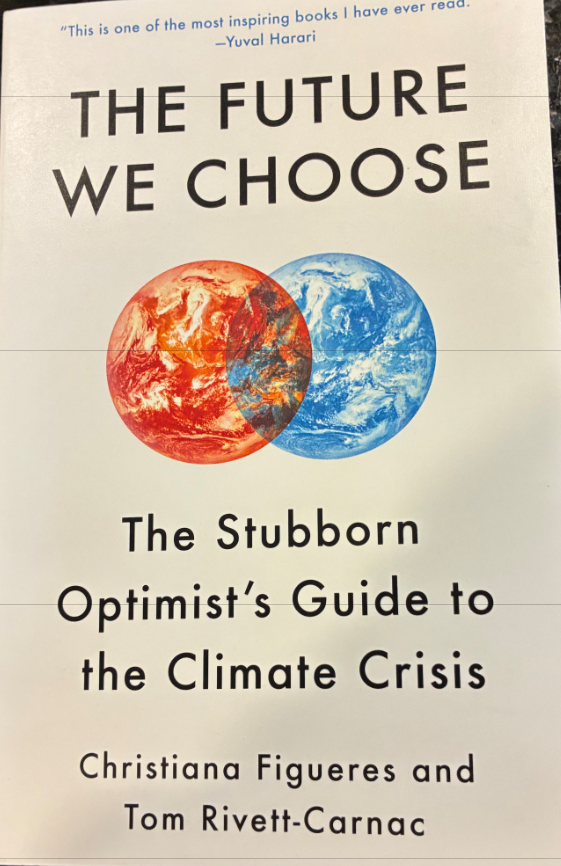Commentary
A variety of senses and biodiversity

The variety of creatures on Earth is truly amazing. Their beauty, grace, and speed as they live out their lives. Their sizes range from the microscopic up to the largest mammal ever – the blue whale. What we may not think about is how diverse their sensory equipment is and how they have stretched the edges of their species category in so many ways. Some of these characteristics reveal the importance of saving the species and their contribution to biodiversity.
For instance, bird migrations may be facilitated by magnetism, according to Florida-based Crew Land and Water Trust. Some birds possess cells in the cone of their eyes that include iron oxide crystals which may give them the ability to sense magnetic fields. It appears that birds that are sensitive to magnetic fields have light-sensitive pigments in their eyes, known as cryptochromes. These serve as magnetic sensors distinguishing different magnetic fields through color changes. This capability enables them to be like a compass, distinguishing north and south as they migrate.
The platypus possesses a bird-like bill, flipper-like limbs, and a flat, beaver-like tail. With its mash up of traits, the platypus may be considered one of the strangest mammals on Earth today. Along with echidnas, this semi-aquatic animal is one of only five mammalian species that lays eggs. These monotremes, as egg-laying mammals are known, share another characteristic. They have a so-called sixth sense: electroreception. The bills apparently allow them to detect, with their eyes closed, the tiny electrical field surrounding living creatures, such as, their prey of worms and crayfish in muddy and dark waters.
Bats are another fascinating group of animals. They are one of the few mammals that can use sound to navigate --a trick called echolocation — using sonar. Of some 900 species of bats, more than half rely on echolocation to detect obstacles in flight, find their way into roosts and forage for food. According to Scientific American most bats produce a complicated sequence of calls combining different sound components. Although low frequency sound travels further than high-frequency sound, calls at higher frequencies give the bats more detailed information--such as size, range, position, speed, and direction of a prey’s flight.
Research on baleen whales, filter feeders, has discovered a new organ. It’s possible that whales can sense things that no other living creatures can. Scientists have discovered a grapefruit-sized mass of vessels and nervous tissues located in whales’ chins, and they believe it’s an entirely new kind of sensory organ. It’s possible the organ is what allows these massive creatures to eat using a lightning-fast mouth movement called “lunge feeding.”
A study’s lead researcher, paleobiologist Nick Pyenson, notes this sensory organ is just one more thing that makes whales like “mammals from space.” It’s not about sensing temperature, it’s not taste, it’s really about movement and pressure and closely aligns with nervous system and bone structure to precisely time swallowing krill.
“In blue whales, jaws can be up to six meters long, and those jaws open and close under water in less than 10 seconds,” explains Pyenson in an interview with io9. Speed is important, “especially if you want to capture a big swarm of krill before they disperse.”
Our call to action this week is to help everyone focus on your senses and preserving biodiversity right here where we live. Consider these opportunities:
Know your bird neighbors — Have a bird identification book handy to learn about your neighborhood birds’ habits.
Support pollinators — Add native plants to attract pollinators to your yard. Plus help them live and don’t use toxic herbicides and pesticides on your lawn.
Compost – Reduce the production of methane gas via your own compost bin and start composting at home or use free drop off or subscribe to a Black Earth Compost program.
Support bats — Make or buy a bat house to provide a home for these insect eating friends
Connect with our ocean’s mammals – Consider a whale watch to gain insight into the beauty of the wonderful creatures of the ocean.
.svg)



